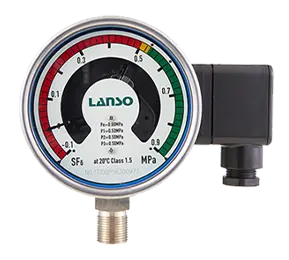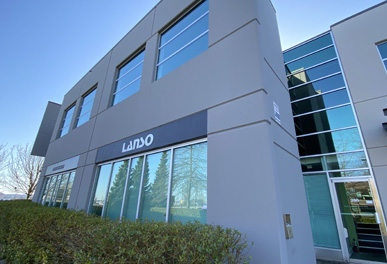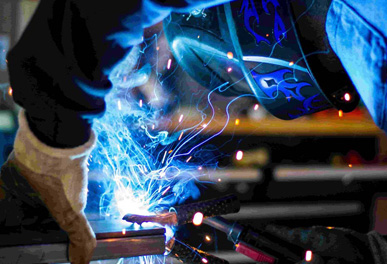The insulation and arc extinguishing performance of circuit breakers largely depends on the purity and density of SF6 gas. To ensure the safe operation of circuit breakers, it is necessary to monitor the SF6 gas inside them. The current monitoring methods are achieved through SF6 pressure gauges and SF6 density relays. However, the readings of ordinary pressure gauges are only used to monitor the pressure of SF6 gas and cannot distinguish whether the pressure drop is caused by leakage or changes in ambient temperature. SF6 density relays achieve monitoring by monitoring the density of SF6 gas. Due to different temperature compensation methods, different structural types, and different installation positions, SF6 density relays are affected by ambient temperature during operation.
The impact of temperature on SF6 density relays
The impact of filling SF6 gas
During the process of filling SF6 gas into equipment equipped with bimetal compensated SF6 density meters, due to the sudden expansion and pressure reduction of SF6 gas, spare parts of the relevant gas filling pipeline, including bimetal used for compensation in SF6 density meters, usually experience a temperature drop below 0°C from the ambient temperature. Bimetals used for compensation are always compensated at 20°C, and the SF6 gas in the equipment is basically kept at the ambient temperature. At this time, the indicated value of the density meter cannot truly reflect the density of SF6 gas at the actual temperature.
The impact of current heating effects during equipment operation
When the circuit breaker is operating normally, there will be a certain temperature rise in the joint due to the load current, which raises the temperature of the SF6 gas in the equipment above the ambient temperature. The bimetal or standard gas used for compensation is far away from the main circuit, so it is impossible to calibrate the temperature difference, and the compensation temperature difference will cause errors in the action value of SF6 density relays. The magnitude of the density relays' error depends on the temperature rise caused by the circuit breaker's load current and circuit resistance, which can be ignored during operation.
The impact of cabinet heating and moisture-proof driving devices
In order to prevent the cabinet from getting damp, heating and moisture-proof devices are installed in the cabinet. In general, the temperature setting of the temperature controller in the cabinet is 3-5°C higher than the ambient temperature, and when the temperature is lower than the set temperature, the temperature control device should be activated. When the temperature of the cabinet is higher than the ambient temperature, the accuracy of the indicated value of SF6 density relays installed in the cabinet will be affected.
Methods and improvement measures to reduce the impact of temperature on SF6 density relays
In order to reduce the impact of ambient temperature on SF6 density relays, the following methods and improvement measures can be taken:
Optimize the structure and materials of density relays to reduce the impact of temperature on their indicated values.
Improve the temperature compensation method of density relays to increase the accuracy of compensation.
In the selection of installation positions for density relays, try to avoid exposure to high temperatures or direct effects of current heating.
Install temperature control devices in the cabinet to ensure that the temperature of the cabinet is controlled within the set range and reduce the impact of temperature on density relays.
Continuously improve and update the technology of SF6 circuit breakers and SF6 density relays to improve their reliability and accuracy.
It should be noted that the design and improvement of SF6 circuit breakers and SF6 density relays are carried out by professional manufacturers and developers. In practical applications, it is necessary to follow the operation and maintenance guidelines provided by the manufacturer to ensure the safe operation and accurate monitoring of the equipment.







